- Home
- Articles
- Architectural Portfolio
- Architectral Presentation
- Inspirational Stories
- Architecture News
- Visualization
- BIM Industry
- Facade Design
- Parametric Design
- Career
- Landscape Architecture
- Construction
- Artificial Intelligence
- Sketching
- Design Softwares
- Diagrams
- Writing
- Architectural Tips
- Sustainability
- Courses
- Concept
- Technology
- History & Heritage
- Future of Architecture
- Guides & How-To
- Art & Culture
- Projects
- Interior Design
- Competitions
- Jobs
- Store
- Tools
- More
- Home
- Articles
- Architectural Portfolio
- Architectral Presentation
- Inspirational Stories
- Architecture News
- Visualization
- BIM Industry
- Facade Design
- Parametric Design
- Career
- Landscape Architecture
- Construction
- Artificial Intelligence
- Sketching
- Design Softwares
- Diagrams
- Writing
- Architectural Tips
- Sustainability
- Courses
- Concept
- Technology
- History & Heritage
- Future of Architecture
- Guides & How-To
- Art & Culture
- Projects
- Interior Design
- Competitions
- Jobs
- Store
- Tools
- More
Sustainable Basement Renovation: Eco-Friendly Materials and Energy-Efficient Approaches
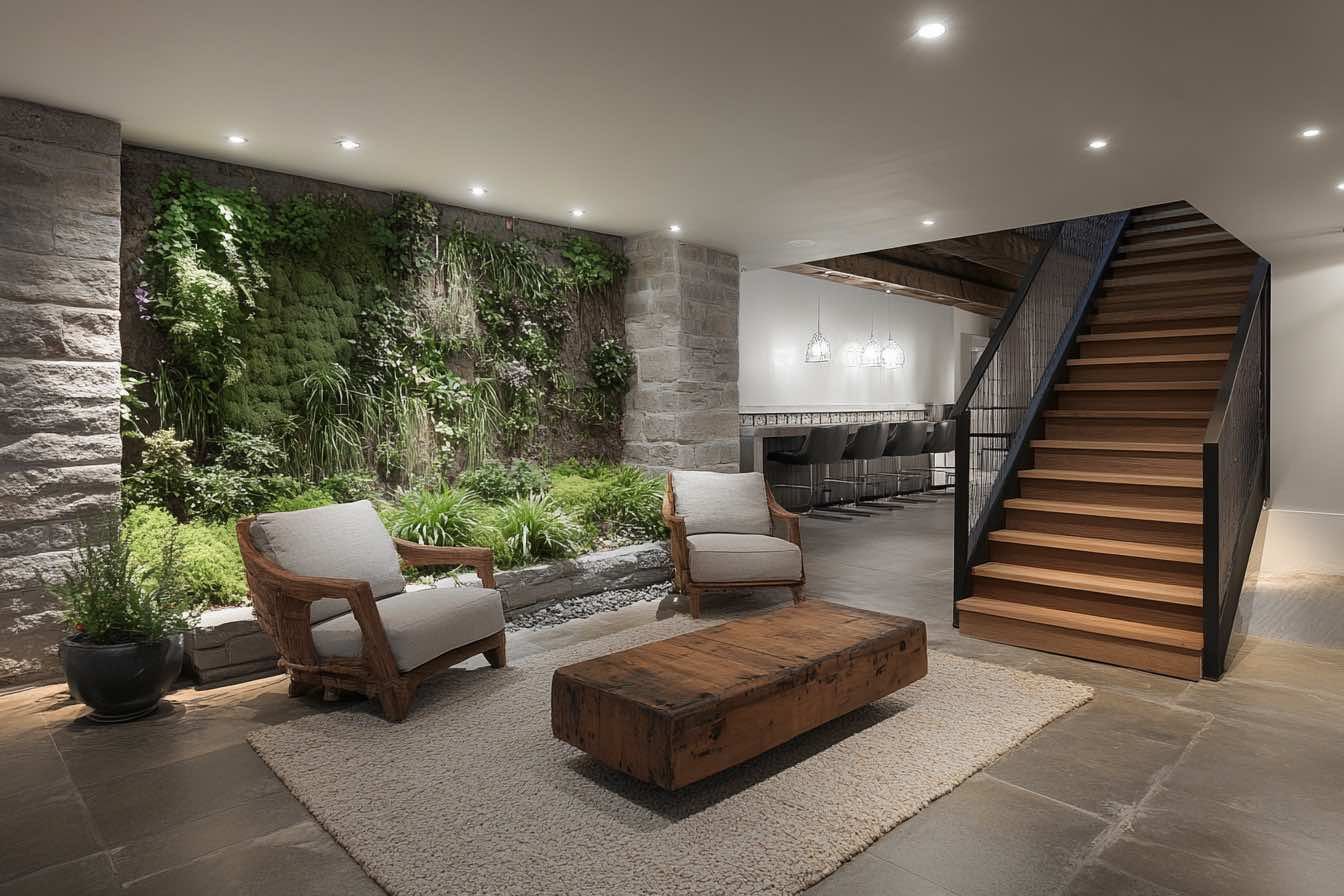
The construction and renovation industry has a significant environmental footprint, but the tide is turning with eco-conscious consumers demanding more sustainable practices. Sustainable basement renovation isn’t just about environmental responsibility—it’s about creating healthier living spaces, reducing long-term costs, and maximizing your home’s potential. Research shows that poorly insulated basements account for up to 20% of a home’s heat loss, making sustainable renovations both environmentally and economically beneficial.
If you would like to learn more about eco-friendly basement renovations, contact Easybasements. Their specialists have been using exclusively eco-friendly materials in their renovations for 5 years.
Table of Contents
ToggleThe Environmental Impact of Traditional Basement Renovations
Commonly used materials like drywall and fiberglass insulation aren’t as environmentally friendly as one might think. Drywall can add sulfate to your water and is vulnerable to mold growth, while fiberglass contains resins that release formaldehyde when damp. The manufacturing process for these materials releases greenhouse gases, mercury, sulfur, and other pollutants.
Beyond their production impact, these materials are difficult to recycle, typically ending up in landfills. The environmental cost continues after installation, as poorly insulated basements contribute significantly to energy waste throughout the entire home.
Benefits of Sustainable Basement Renovation
Embracing sustainability in your basement renovation offers numerous advantages:
Energy Efficiency: Proper insulation and energy-efficient systems can dramatically reduce waste, leading to lower utility bills and a smaller carbon footprint.
Healthier Living Environment: Eco-friendly materials typically contain fewer volatile organic compounds (VOCs), resulting in better indoor air quality—particularly important in basements with limited ventilation.
Moisture Resistance: Many sustainable products are specifically designed to resist mold and moisture damage, addressing one of the most common problems in below-grade spaces.
Durability: Sustainable materials often outlast traditional counterparts, reducing the need for future renovations.
Increased Home Value: As environmental consciousness grows among homebuyers, homes with sustainable features are becoming increasingly desirable.
Sustainable Materials for Basement Walls
Eco-friendly alternatives to traditional drywall include recycled content wall panels engineered to resist moisture, mold, and mildew. For insulation, options with minimal environmental impact include those made with HCFC blowing agents that are 94% less ozone-depleting than standard agents. Natural alternatives like sheep’s wool, hemp, and cork offer excellent thermal performance while being renewable and biodegradable.
When comparing insulation options, look beyond the initial R-value to consider moisture resistance properties and long-term performance, as conventional insulation can degrade significantly when exposed to moisture.
Eco-Friendly Flooring Solutions for Basements
Recycled content floor tiles made from post-consumer plastic provide a waterproof solution that’s both durable and eco-friendly. Cork flooring offers excellent insulation properties, natural moisture resistance, and sound absorption—all from a rapidly renewable resource. Bamboo provides durability and moisture resistance when properly treated for basement conditions.
Reclaimed wood can also be an option when installed with appropriate moisture barriers, giving new life to existing materials while adding warmth and character to basement spaces.

Energy-Efficient Lighting and Climate Control
Energy-efficient LED lighting uses up to 75% less energy than incandescent lighting and lasts 25 times longer. Maximizing natural light through enlarged window wells, light tubes, or high-efficiency windows not only reduces energy consumption but creates a more inviting space.
For climate control, high-efficiency dehumidifiers can maintain appropriate humidity levels while consuming minimal electricity. Dry air is less expensive to heat and faster to cool than humid air—30% of an air conditioner’s workload is removing humidity. By starting with dry air, you can save significantly on heating and cooling costs.
Radiant floor heating systems operate at lower temperatures than conventional forced-air systems while providing more comfortable heat distribution. These systems are particularly effective in basements, where floor temperatures can otherwise be uncomfortably cold.
Water Conservation and Renovation Process
Eco-friendly waterproofing solutions use less toxic materials while providing effective moisture barriers. For basements with bathrooms or laundry facilities, water-efficient fixtures and appliances can significantly reduce water consumption.
During the renovation process, careful planning can minimize waste. When demolishing existing finishes, separate materials for recycling whenever possible. Selecting contractors with green building expertise ensures sustainable practices throughout the renovation.
Cost Analysis and Maintenance
While some eco-friendly materials and systems may have higher upfront costs, they typically offer significant long-term savings through reduced energy consumption, lower maintenance requirements, and greater durability. Energy-efficient improvements can reduce utility bills by 20-30% annually, according to the U.S. Department of Energy.
Financial incentives can further improve the economics of sustainable renovations. Tax credits, utility rebates, and other incentives are available for many energy-efficient improvements, varying by location.
Maintaining a sustainable basement often requires less effort than conventional spaces, as many eco-friendly materials are designed for low maintenance. Regular monitoring of humidity levels and energy consumption can help identify potential issues before they become serious problems.
Conclusion
Sustainable basement renovation is an investment in your family’s health, your financial future, and our planet’s well-being. By choosing eco-friendly materials, energy-efficient systems, and sustainable construction practices, you transform an underutilized space into a comfortable, functional area that aligns with environmental values.
The ripple effect of these choices extends beyond your home. As more homeowners embrace sustainable renovation practices, demand for eco-friendly products increases, driving innovation and accessibility. Today’s sustainable materials and systems offer performance that matches or exceeds conventional alternatives, allowing you to achieve your design goals while minimizing environmental impact—creating a space you can enjoy with the satisfaction of knowing you’ve made responsible choices.
- basement energy-efficient design
- basement renovation energy efficiency
- basement renovation sustainability
- basement renovation with recycled materials
- eco renovations for basements
- eco-conscious basement renovation
- eco-friendly basement remodel
- eco-friendly construction materials for basement
- energy-efficient basement renovation
- energy-saving basement remodel
- environmentally friendly basement remodeling
- environmentally safe basement renovation
- green basement renovation
- green building materials for basement
- low-impact basement renovation
- renewable materials basement remodel
- sustainable architecture basement
- sustainable basement renovation
- sustainable home renovation
illustrarch is your daily dose of architecture. Leading community designed for all lovers of illustration and #drawing.
Submit your architectural projects
Follow these steps for submission your project. Submission FormLatest Posts
Understanding Site Safety Footwear in Architectural Practice
Architecture is often discussed through drawings, models, and finished buildings, yet a...
General Arrangement Drawings in Architecture: The Backbone of Clear Design Communication
General Arrangement Drawings explained: what they are, when to use them, how...
The Ultimate Guide to Fencing in North Dakota: Choosing the Best Fence for Your Property
Watching a chain link fence twist in 70 mph winds near Minot...
Gaudí: Where Architecture Meets Science
Gaudí: Where Architecture Meets Science shows catenary arches, ruled surfaces, and biomimicry...



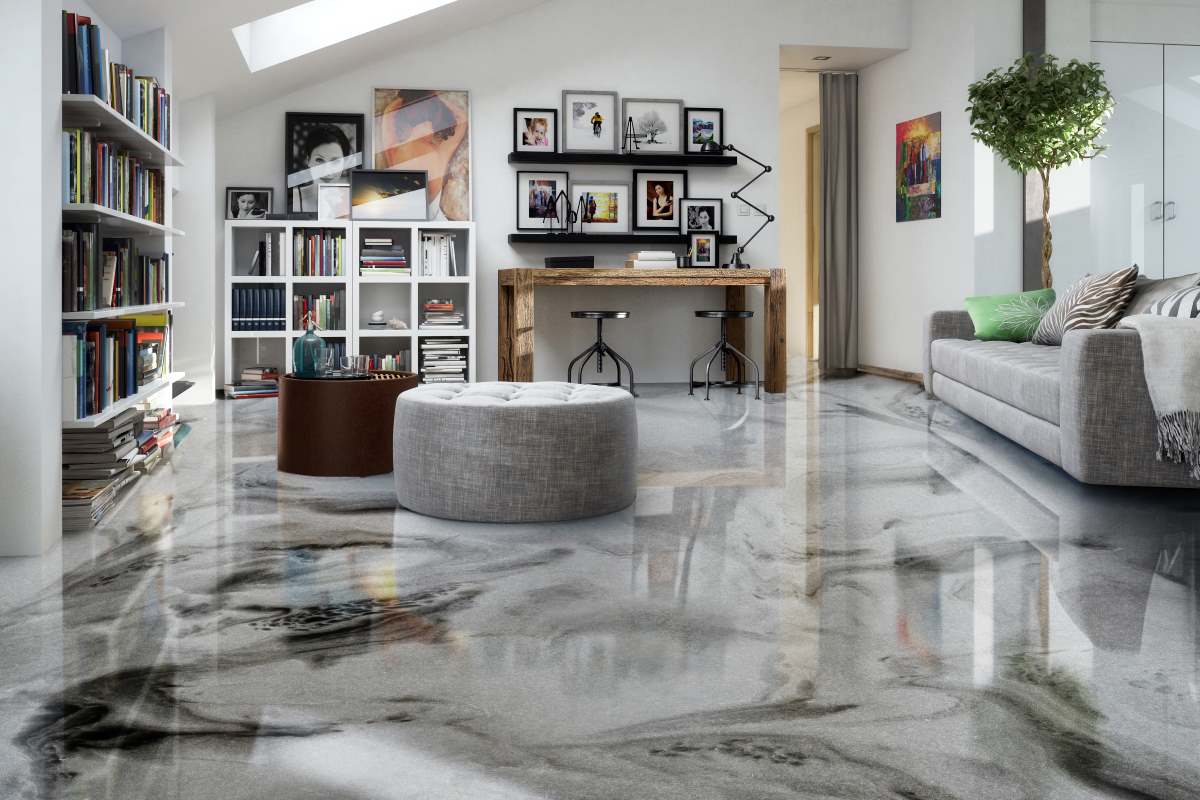
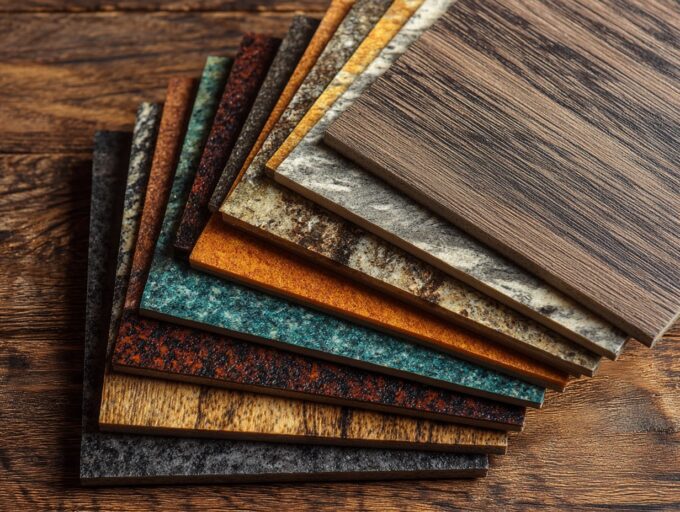


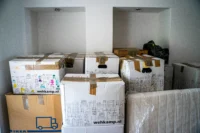

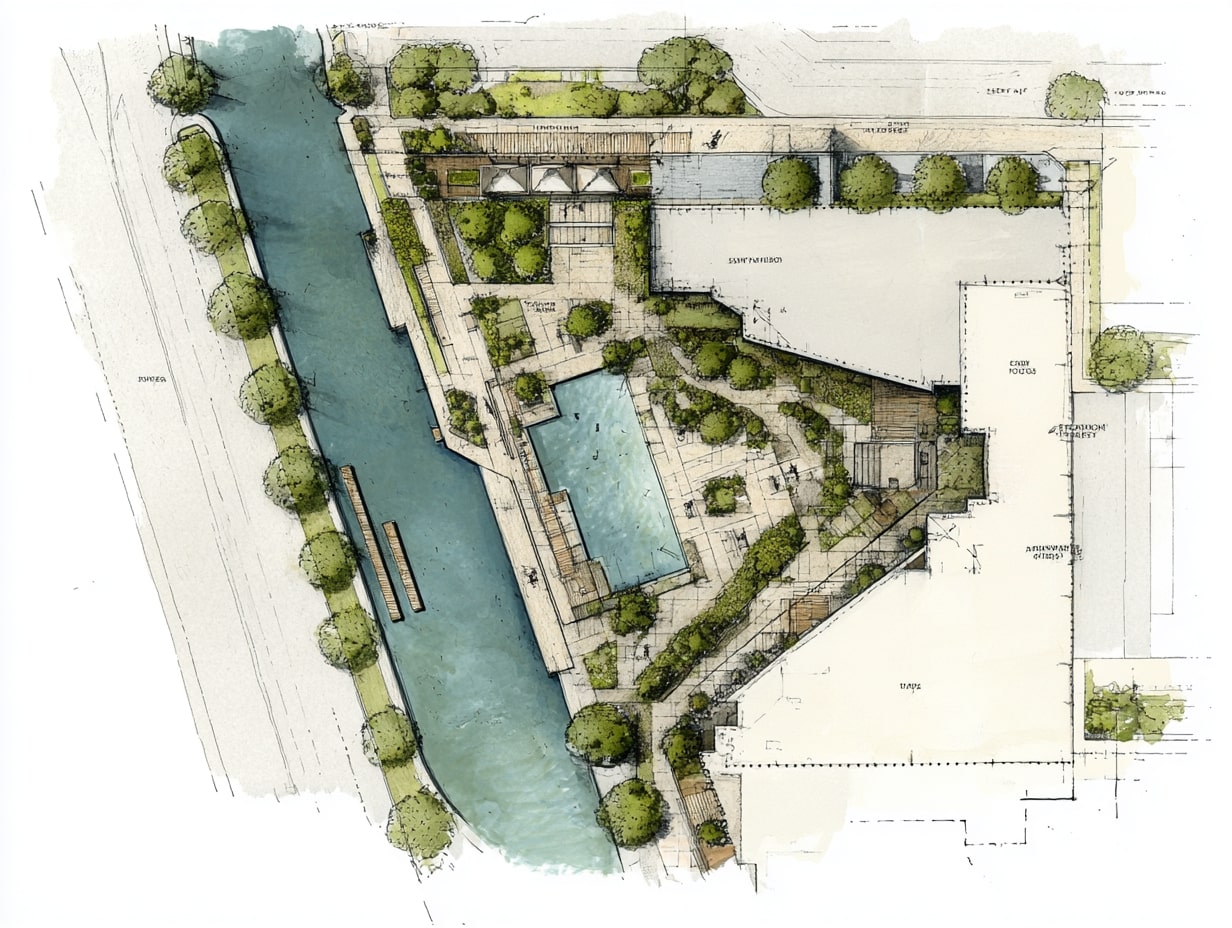


Leave a comment